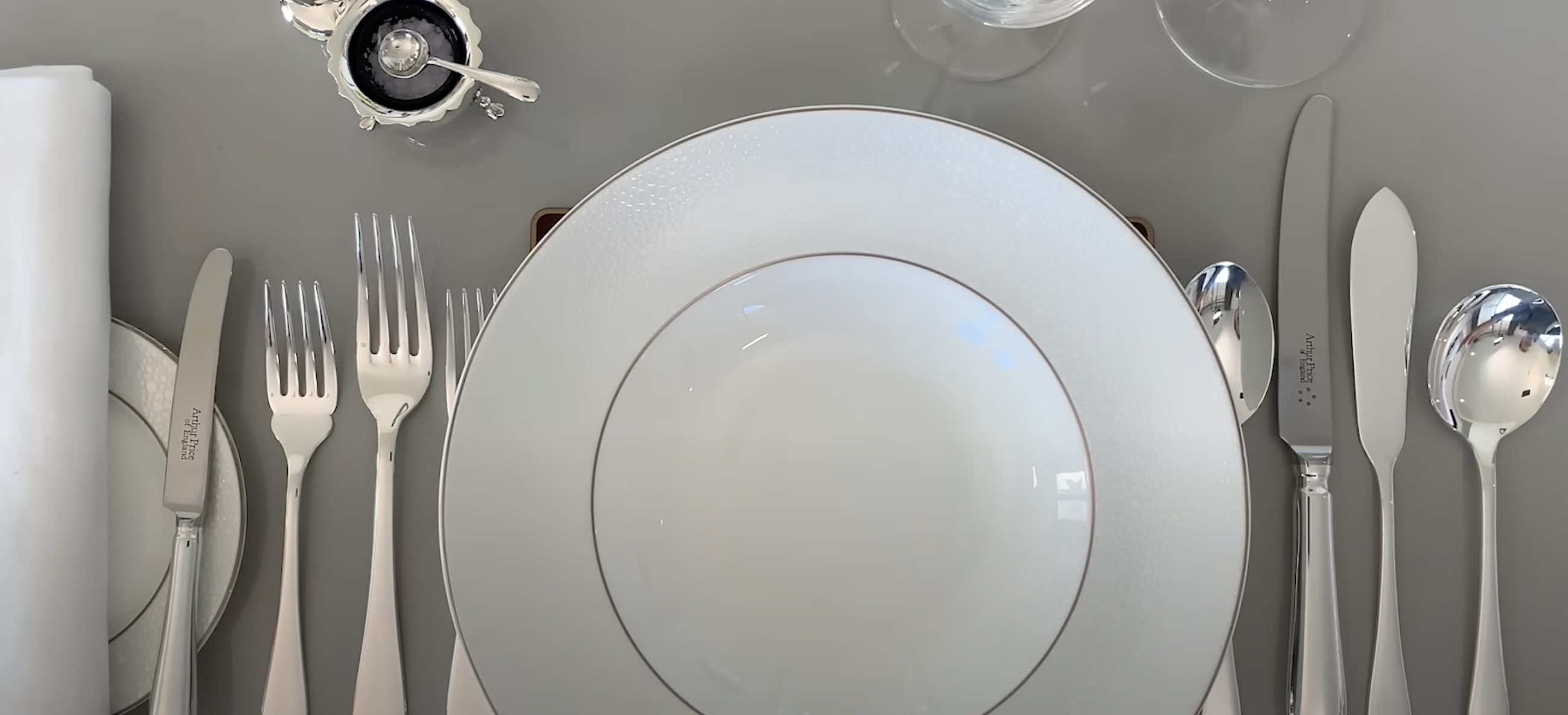

Tableware
What Are Table Settings
Modified: January 18, 2024
Discover the art of table settings with our comprehensive guide. Learn about different types of tableware and how to create a stunning table arrangement that will impress your guests.
(Many of the links in this article redirect to a specific reviewed product. Your purchase of these products through affiliate links helps to generate commission for Storables.com, at no extra cost. Learn more)
Introduction
A beautifully set table can transform a simple meal into a memorable dining experience. Table settings, also known as place settings, play a vital role not only in the aesthetics of a dining space but also in creating a comfortable and organized environment for guests. From formal occasions to casual gatherings, understanding the art of table setting is a valuable skill for anyone looking to elevate their dining experiences.
In this article, we will explore the importance of table settings and delve into the various components and types of table settings. We will also discuss table setting etiquette and provide some unique and creative ideas for setting your table.
Importance of Table Settings
A well-executed table setting does more than just showcase your taste and style; it sets the tone for the entire dining experience. Here are a few reasons why table settings are important:
- Aesthetics: A thoughtfully arranged table with coordinated tableware, linens, and decor enhances the visual appeal of the dining area. It creates a welcoming atmosphere and adds an extra touch of elegance to any meal.
- Organization: A properly set table provides guests with a clear understanding of their designated space, ensuring smooth and efficient service. It helps avoid confusion and allows for a more enjoyable dining experience.
- Hospitality: Setting a beautiful table shows your guests that you have taken the time and effort to create a special ambiance just for them. It adds a personal touch and makes them feel valued and appreciated.
- Cultural Significance: In many cultures, table settings hold symbolic meanings and traditions. They can reflect heritage, customs, and social status, adding depth and meaning to the dining experience.
- Professional Image: For those in the hospitality industry, a well-executed table setting is essential for enhancing the professional image of a restaurant, hotel, or event venue. It sets the stage for a memorable dining experience and creates a positive impression on guests.
By understanding the importance of table settings, you can set your table to elevate your dining experiences and create lasting memories for yourself and your guests. Whether it’s a formal dinner party or a casual gathering, a well-set table is an art form that adds sophistication and style to any occasion. In the next section, we will explore the basic components of a table setting.
Key Takeaways:
- Importance of Table Settings
A well-executed table setting enhances aesthetics, organization, hospitality, and cultural significance. It sets the tone for a memorable dining experience, whether formal or casual, and reflects personal style and creativity. - Table Setting Etiquette
Proper table setting etiquette ensures a harmonious and respectful dining experience. From napkin placement to engaging in polite conversation, observing etiquette contributes to a pleasant atmosphere and shows consideration for others.
Read more: What Are Coasters For
Importance of Table Settings
A well-executed table setting does more than just showcase your taste and style; it sets the tone for the entire dining experience. Here are a few reasons why table settings are important:
- Aesthetics: A thoughtfully arranged table with coordinated tableware, linens, and decor enhances the visual appeal of the dining area. It creates a welcoming atmosphere and adds an extra touch of elegance to any meal. Whether it’s a formal dinner party or a simple family gathering, a beautiful table setting effortlessly elevates the ambiance and makes the occasion feel more special.
- Organization: A properly set table provides guests with a clear understanding of their designated space, ensuring smooth and efficient service. Each place setting includes the necessary utensils, glassware, and dishware needed for the meal. This organization helps avoid confusion and allows for a more enjoyable dining experience for both the host and the guests.
- Hospitality: Setting a beautiful table shows your guests that you have taken the time and effort to create a special ambiance just for them. It adds a personal touch and makes them feel valued and appreciated. A well-set table creates a warm and inviting atmosphere, setting the stage for meaningful conversations and connections between guests.
- Cultural Significance: In many cultures, table settings hold symbolic meanings and traditions. They can reflect heritage, customs, and social status, adding depth and meaning to the dining experience. For example, in some cultures, the placement of utensils or the arrangement of dishes represents specific cultural rituals or beliefs. Understanding and incorporating these cultural elements into a table setting can enhance the overall dining experience and honor the traditions associated with the meal.
- Professional Image: For those in the hospitality industry, a well-executed table setting is essential for enhancing the professional image of a restaurant, hotel, or event venue. It sets the stage for a memorable dining experience and creates a positive impression on guests. A visually appealing and well-organized table setting demonstrates attention to detail and a commitment to providing a high level of service, which can contribute to building a strong reputation and attracting repeat customers.
By understanding the importance of table settings, you can elevate your dining experiences and create lasting memories for yourself and your guests. Whether it’s a formal dinner party or a casual gathering, a well-set table is an art form that adds sophistication and style to any occasion. In the next section, we will explore the basic components of a table setting.
Basic Table Setting Components
A properly set table consists of several essential components that contribute to its functionality and aesthetics. Understanding these components will help you create a well-organized and visually pleasing table setting. Here are the basic components of a table setting:
- Placemat: A placemat serves as a protective layer for the table surface and adds a decorative element to the table setting. It helps define each person’s dining space and provides a clean and visually appealing backdrop for the rest of the components.
- Charger Plate: Also known as a service plate, a charger plate is a larger decorative plate that acts as a base for other dishes. It is placed at each person’s dining space and is typically removed before the main course is served, leaving the individual dinner plate as the focal point.
- Dinner Plate: The dinner plate is the main plate on which the main course will be served. It is placed directly on top of the charger plate or directly on the placemat if a charger plate is not being used. The dinner plate should be centered and positioned about an inch from the edge of the table.
- Napkin and Napkin Ring: The napkin is an essential component of a table setting. It can be folded in various ways and placed either to the left of the dinner plate or on top of it. A napkin ring can be used to hold the folded napkin elegantly. The napkin should be easily accessible for guests to use throughout the meal.
- Utensils: Utensils, including forks, knives, and spoons, are placed to the left and right of the dinner plate. The basic rule for utensil placement is to work from the outside in, with the utensils for the first course farthest from the dinner plate. Each course should have its appropriate utensils, and they should be set in the order they will be used during the meal.
- Glassware: Glassware includes water glasses, wine glasses, and any other specific glassware needed for the meal. The water glass is placed above the knives, slightly to the right. Wine glasses, if used, are placed to the right of the water glass, with the red wine glass placed closer to the center and the white wine glass placed furthest to the right.
- Side Plate and Bread Knife: If a side plate is needed for bread or appetizers, it is placed to the left of the forks. A small butter knife may also be placed on the side plate if needed.
Each component of a table setting should be positioned carefully to create a visually balanced and functional arrangement. By paying attention to these basic components, you can create an inviting and organized table setting for any occasion. In the next section, we will explore the different types of table settings.
Types of Table Settings
Table settings can vary depending on the occasion and level of formality. Different types of table settings are used to create the appropriate atmosphere and convey the desired tone for the meal. Here are the three main types of table settings:
- Formal Table Setting: A formal table setting is typically used for special occasions, such as formal dinner parties, weddings, or upscale events. It showcases elegance and sophistication and follows a specific set of rules. In a formal table setting, each place setting includes a wide range of utensils, glassware, and china, reflecting multiple courses and elaborate dining traditions.
- Informal Table Setting: An informal table setting is less formal than a formal setting but still maintains a tasteful and well-organized arrangement. It is suitable for everyday meals, casual gatherings, and semi-formal occasions. In an informal table setting, there is a simplified arrangement of utensils and fewer courses, creating a more relaxed and approachable atmosphere.
- Casual Table Setting: A casual table setting is the most relaxed and simple type of table setting. It is commonly used for everyday meals and informal gatherings. A casual table setting focuses on functionality and practicality, with minimal decor and a straightforward arrangement of utensils and dishware.
Each type of table setting has its own characteristics, and understanding their differences allows you to set the appropriate tone for your specific occasion. The choice of table setting will depend on factors such as the formality of the event, the type of meal being served, and the desired ambiance.
It’s important to note that while formal table settings adhere to specific guidelines, informal and casual table settings allow for more flexibility and personalization. You can incorporate your own style and preferences while still following some basic principles of table setting etiquette, which we will discuss in the next section.
Whether you’re hosting a black-tie affair or a casual dinner with friends, choosing the right type of table setting sets the stage for an enjoyable and memorable dining experience. In the following sections, we will explore the specific components and guidelines for formal, informal, and casual table settings.
Formal Table Setting
A formal table setting is reserved for special occasions or formal events where elegance and sophistication are prioritized. It follows a specific set of rules and guidelines to create a visually stunning and well-coordinated table. Here’s how to set a formal table:
- Tablecloth and Linens: Start by covering the table with a crisp, clean tablecloth that drapes evenly over the edges. Use high-quality linen napkins folded in a stylish manner to add a touch of elegance to each place setting.
- Charger Plate: Place a charger plate at each guest’s seat to serve as a decorative base for the other plates. The charger plate should be placed in the center of the setting, about an inch from the edge of the table.
- Dinner Plate: Position the dinner plate on top of the charger plate, centered at each place setting. Make sure the plate is aligned with the center of the charger plate.
- Utensils: Arrange the utensils in the order they will be used, starting from the outside and working inwards towards the plate. On the left side, place the forks, with the salad fork on the outside and the dinner fork closest to the plate. On the right side, place the knives, with the dinner knife closest to the plate and the fish knife, if needed, placed to the right of the dinner knife. Finish by placing the soup spoon, if applicable, to the right of the knives.
- Glassware: Set the glassware above the knives, slightly to the right. Place the water glass closest to the plate, followed by the red wine glass, and then the white wine glass, if applicable.
- Napkin and Napkin Ring: Either fold the napkin into an intricate design or use a napkin ring to hold it elegantly. Place it to the left of the fork.
- Place Card: For formal events with assigned seating, include a place card at each seat to indicate where each guest should be seated.
- Additional Decor: To enhance the formal ambiance, consider incorporating additional elements, such as floral centerpieces, name cards, and candle arrangements, as long as they don’t obstruct the view or interfere with the functionality of the table setting.
A formal table setting creates a sophisticated and refined atmosphere, befitting grand dinners and lavish celebrations. By following these guidelines, you can impress your guests and create an unforgettable dining experience. However, it is also important to be familiar with table setting etiquette to ensure proper behavior during the meal, which we will discuss in the next section.
When setting a table, start with a clean tablecloth or placemats, then place the dinner plate in the center, with the napkin on top. Next, place the forks to the left of the plate and the knives and spoons to the right. Finally, add the water glass above the knife and the wine glass to the right.
Read more: What Is Dinnerware?
Informal Table Setting
An informal table setting strikes a balance between elegance and simplicity. It is suitable for everyday meals, casual gatherings, and semi-formal occasions. Here’s how to set an informal table:
- Tablecloth or Placemat: Use a tablecloth or placemat to protect the table surface and add a decorative touch. Choose a design or color that complements the overall theme or style of the occasion.
- Dinner Plate: Place the dinner plate at each place setting, positioning it directly on top of the placemat or tablecloth. The plate should be centered and positioned about an inch from the edge of the table.
- Utensils: Arrange the utensils around the dinner plate, following the general rule of working from the outside in for each course. Place the salad fork on the outside, followed by the dinner fork closest to the plate, on the left side. On the right side, place the dinner knife closest to the plate, followed by any additional utensils for specific courses, such as a fish knife or dessert spoon.
- Glassware: Set the glassware above the knives, slightly to the right. Place the water glass closest to the plate, followed by any additional glasses for wine or other beverages.
- Napkin: Fold the napkin into a simple design and place it to the left of the forks or on top of the dinner plate. Alternatively, you can place the napkin in a napkin ring for an added touch of elegance.
- Side Plate and Bread Knife: If needed, place a side plate to the left of the forks for bread or appetizers. Add a small butter knife on the side plate if butter is being served.
- Additional Decor: Add simple and tasteful decor elements, such as a small floral arrangement or a decorative centerpiece, to enhance the overall aesthetic appeal of the table. Avoid overcrowding the table with excessive decorations that may obstruct the view or interfere with the functionality of the table setting.
An informal table setting provides a relaxed and inviting atmosphere for meals shared with family and friends. It allows for personalization and flexibility while still maintaining an organized and visually appealing arrangement. Now that you know how to set an informal table, let’s explore some table setting etiquette to ensure a pleasant and respectful dining experience, which we will discuss in the next section.
Casual Table Setting
A casual table setting is the most relaxed and simple type of table setting. It is commonly used for everyday meals, informal gatherings, and casual events. Here’s how to set a casual table:
- Tablecloth, Placemat, or Bare Table: Depending on your preference and the occasion, you can choose to use a tablecloth, a placemat, or leave the table bare. Casual settings often embrace a more laid-back and natural look.
- Dinner Plate: Place the dinner plate at each place setting, positioning it directly on top of the placemat or table surface. The plate should be centered and positioned about an inch from the edge of the table.
- Utensils: Keep the utensils simple and functional. Place the fork on the left side of the dinner plate and the knife and spoon on the right side. Remember that the knife blade should face the plate.
- Glassware: Set a water glass to the right of the dinner plate. If desired, add additional glassware for other beverages to the right of the water glass.
- Napkin: Place the napkin to the left of the fork or on top of the dinner plate. You can fold it in a simple design or casually drape it for a relaxed look.
- Additional Decor: Add minimal decor elements, such as a small vase with fresh flowers or a simple centerpiece, to add a touch of charm to the table. Keep in mind that a casual setting allows for a more informal and effortless style, so don’t overdo it with elaborate decorations.
A casual table setting embraces a more laid-back and relaxed atmosphere, perfect for everyday meals and informal gatherings. It allows for simplicity and comfort while still maintaining a neat and presentable table. Now that you know how to set a casual table, let’s explore some table setting etiquette to ensure a pleasant and respectful dining experience, which we will discuss in the next section.
Unique Table Settings
While traditional table settings follow certain guidelines and styles, there is also room for creativity and personalization when it comes to setting the table. Unique table settings can add a touch of charm and reflect your individuality and style. Here are some ideas to create a unique table setting:
- Themed Table Setting: Choose a theme that aligns with the occasion or reflects your personal interests. It could be a tropical theme with vibrant colors and tropical-inspired decor for a summer gathering or a rustic theme with earthy tones and natural elements for a cozy fall dinner party.
- Mix and Match: To create a visually interesting and unique look, it’s essential to match tableware with table settings in an eclectic and whimsical manner. By combining different patterns, colors, and textures, you can mix and match various pieces of tableware to achieve a distinctive and charming ambiance.
- Natural Elements: Incorporate natural elements from your surroundings into your table setting. Use fresh flowers as centerpieces, incorporate leaves or twigs as place card holders, or gather seashells and stones to create a coastal-inspired table setting.
- Vintage or Antique Tableware: Add a touch of nostalgia and elegance by using vintage or antique tableware. Visit secondhand stores or flea markets to find unique and charming pieces that can make your table setting stand out.
- Personalized Place Cards: Create personalized place cards for each guest, either by hand or using printable templates. This adds a thoughtful and personalized touch to your table setting, making each guest feel special and welcomed.
- Creative Centerpieces: Play around with creative centerpieces that go beyond traditional floral arrangements. Consider using unique objects such as books, lanterns, candles, or even small potted plants as focal points for your table setting.
- Colorful Table Linens: Opt for colorful and vibrant table linens to brighten up your table. Whether it’s a bold tablecloth, vibrant napkins, or patterned placemats, incorporating lively colors can instantly add a unique and eye-catching element to your table setting.
Remember, the key to creating a unique table setting is to let your creativity shine and reflect your personality and style. Experiment with different combinations and elements to create a table setting that is truly one-of-a-kind. Now that you have some unique table setting ideas, it’s important to also be aware of table setting etiquette to ensure a respectful and enjoyable dining experience.
Table Setting Etiquette
Proper table setting etiquette is essential in creating a pleasant and respectful dining experience for everyone involved. Here are some important guidelines to keep in mind:
- Napkin Etiquette: When you sit down at the table, unfold your napkin and place it on your lap. Use your napkin to dab your mouth, but avoid using it to wipe your face or blowing your nose. When excusing yourself from the table temporarily, loosely fold your napkin and place it to the left or right of your plate. At the end of the meal, leave your used napkin loosely folded on the left side of your plate.
- Utensil Usage: Follow the outside-in rule when using utensils. Start with the utensils farthest from the plate and work your way in with each course. Once used, rest your utensils on the plate between bites and when you’re finished with your meal, place them parallel to each other on the plate.
- Passing Dishes and Condiments: If serving dishes or condiments are placed on the table, always pass them to your right. If someone requests that a dish or condiment be passed to them, hand it to them directly instead of reaching across the table.
- Chewing with Closed Mouth: It’s important to chew with your mouth closed, avoiding making noise or talking with a full mouth. This helps maintain a courteous and pleasant atmosphere at the table.
- Engage in Polite Conversation: Maintain proper table conversation by being mindful of your tone, content, and volume. Avoid controversial or sensitive topics that may create discomfort among guests. Engage in polite and inclusive conversation that respects everyone’s opinions and creates a pleasant environment.
- Wait for Everyone to be Served: When the meal is served, wait until everyone at the table has been served before starting to eat. This shows consideration and allows everyone to begin the meal together.
- Pacing Yourself: Pace yourself throughout the meal, matching the speed of those around you. Avoid finishing your meal too quickly or excessively lingering when others are finished eating.
- Expressing Gratitude: At the end of the meal, express your gratitude to the host or hostess for their hospitality. Thank them for the meal and the effort they put into creating a wonderful dining experience.
By following these table setting etiquette guidelines, you can ensure a harmonious and respectful dining experience for everyone involved. Remember that table manners are not just about following rules but also about showing consideration and respect towards others. Now that you have a good understanding of table setting etiquette, you can confidently enjoy your meals and create a positive dining atmosphere.
Conclusion
Table settings play a crucial role in enhancing the dining experience, whether it’s an intimate gathering or a grand event. By understanding the importance of table settings and the various components involved, you can create a visually appealing and organized table that sets the tone for a memorable meal. From formal to informal and casual table settings, there are options to suit every occasion and personal style.
While formal table settings showcase elegance and sophistication, informal and casual settings offer a more relaxed and laid-back atmosphere. Unique table settings allow for creativity and personalization, adding a touch of charm and reflecting your individual taste. Whether you choose a themed table setting, mix and match tableware, or incorporate natural elements, the possibilities are endless.
However, regardless of the style or type of table setting, it is crucial to observe proper table setting etiquette. Napkin placement, utensil usage, passing dishes, engaging in polite conversation, and expressing gratitude are just a few essential aspects of etiquette that contribute to a respectful and pleasant dining experience.
Remember, table settings are not just about visual aesthetics; they create an ambiance of hospitality and elevate the overall dining experience. So, take the time to set the table with care and attention to detail, ensuring that it not only looks beautiful but also functions seamlessly for you and your guests.
Whether you’re hosting a formal dinner party, enjoying a casual meal with loved ones, or setting a unique table for a special occasion, the art of table setting allows you to create lasting memories and meaningful connections. So, embrace your creativity, follow the guidelines of etiquette, and enjoy the pleasure of a beautifully set table.
Frequently Asked Questions about What Are Table Settings
Was this page helpful?
At Storables.com, we guarantee accurate and reliable information. Our content, validated by Expert Board Contributors, is crafted following stringent Editorial Policies. We're committed to providing you with well-researched, expert-backed insights for all your informational needs.



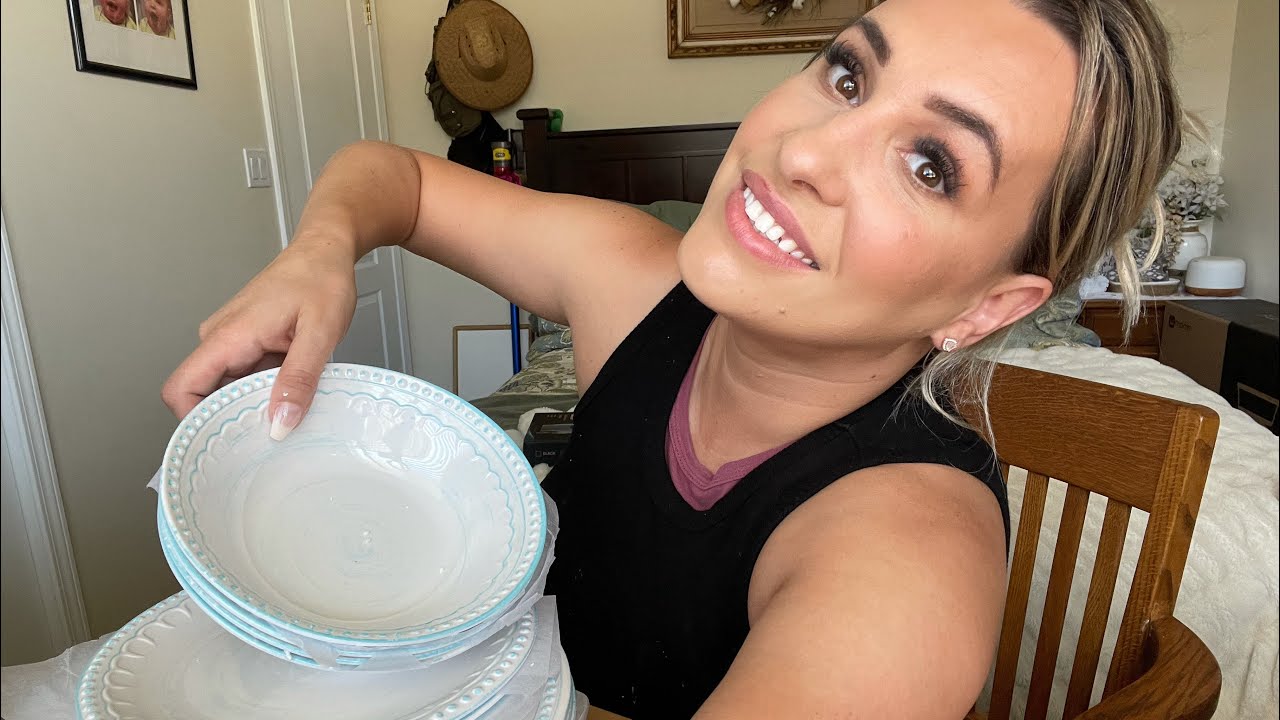
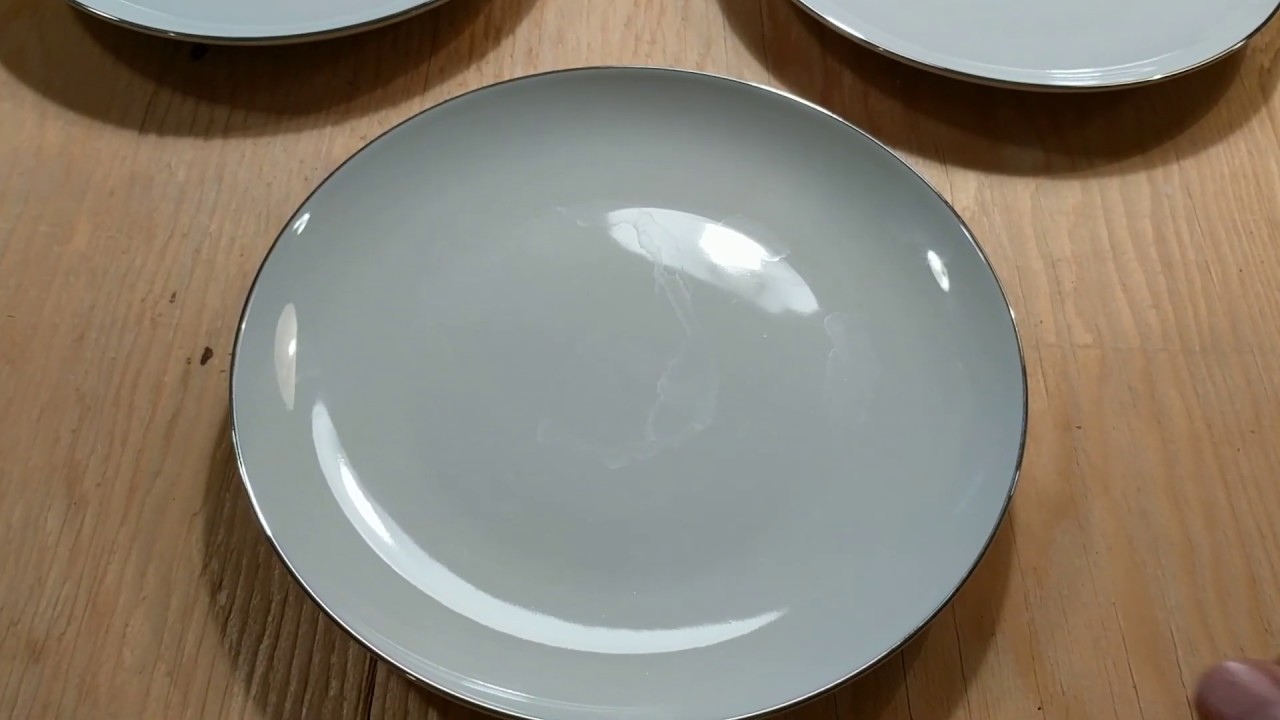
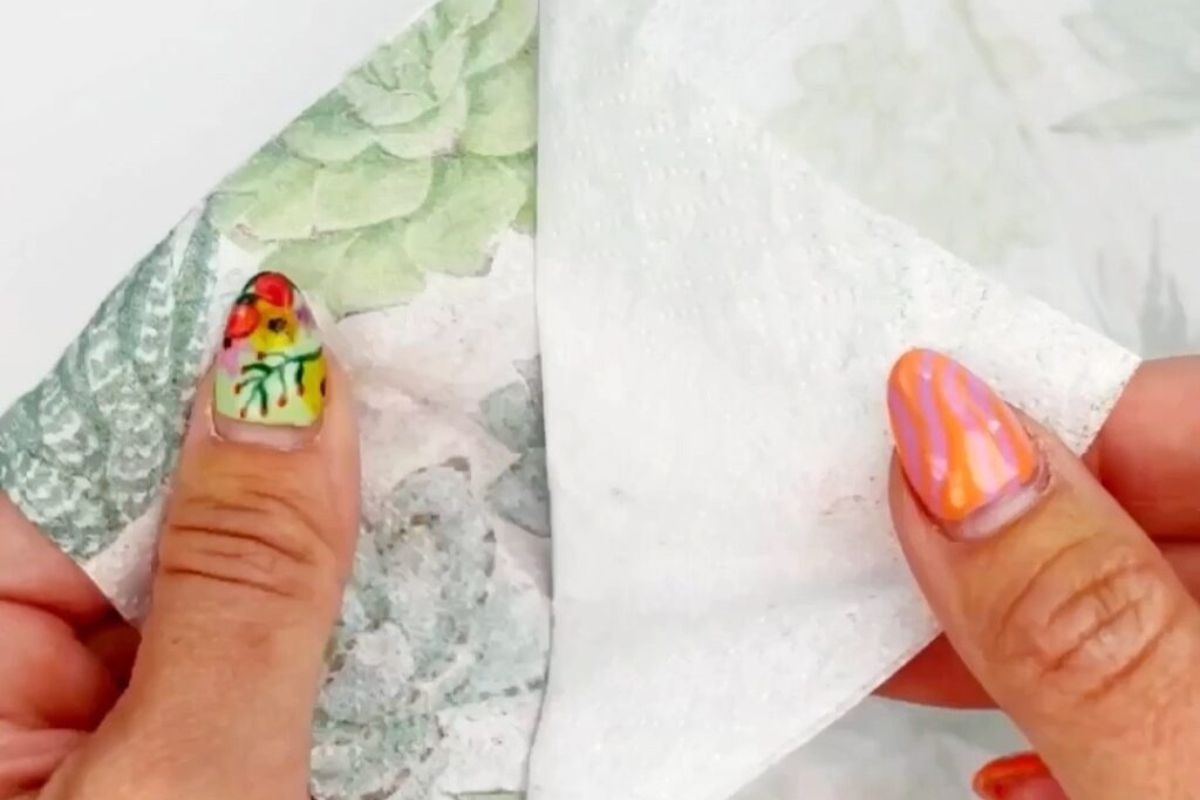
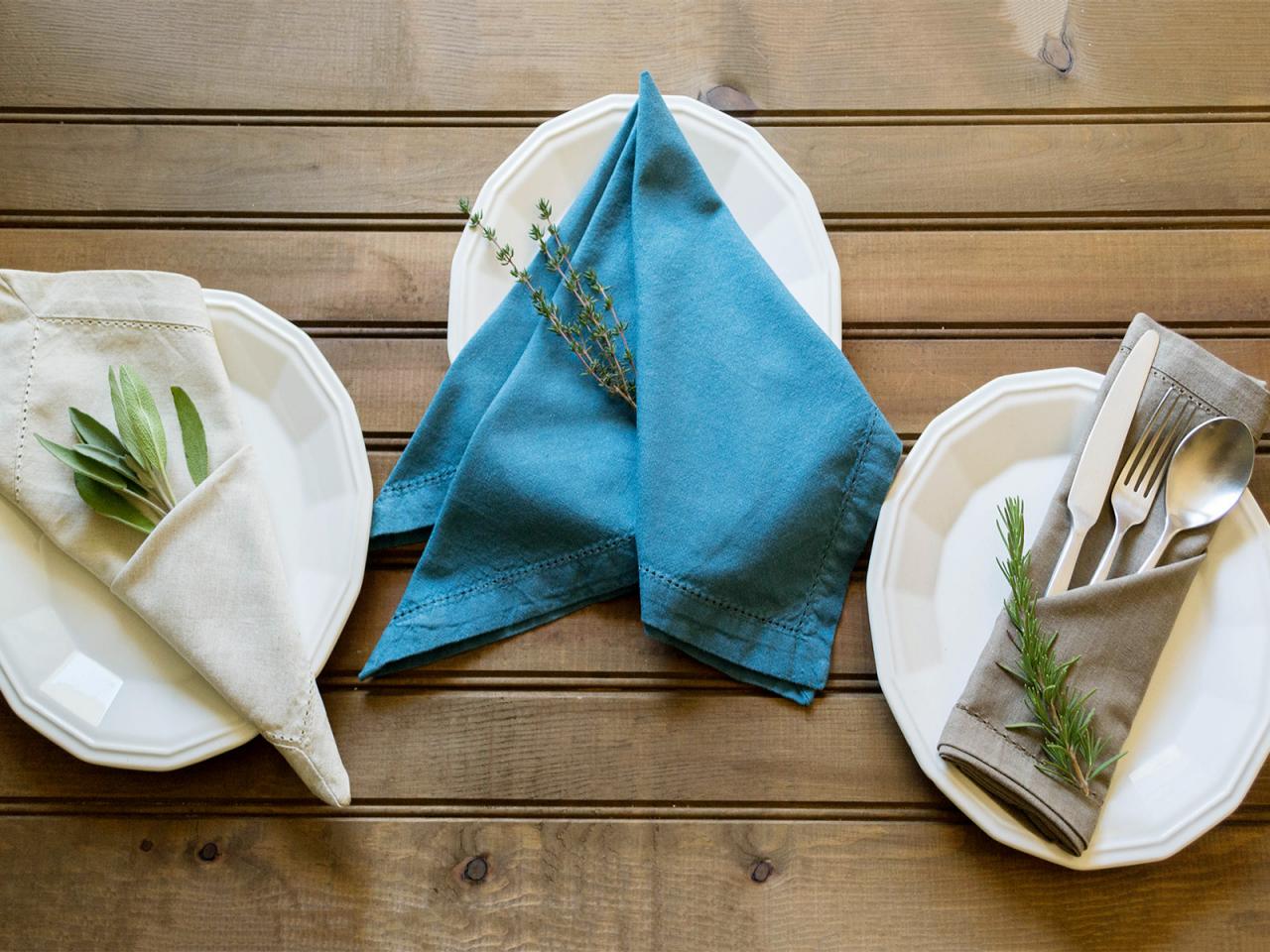
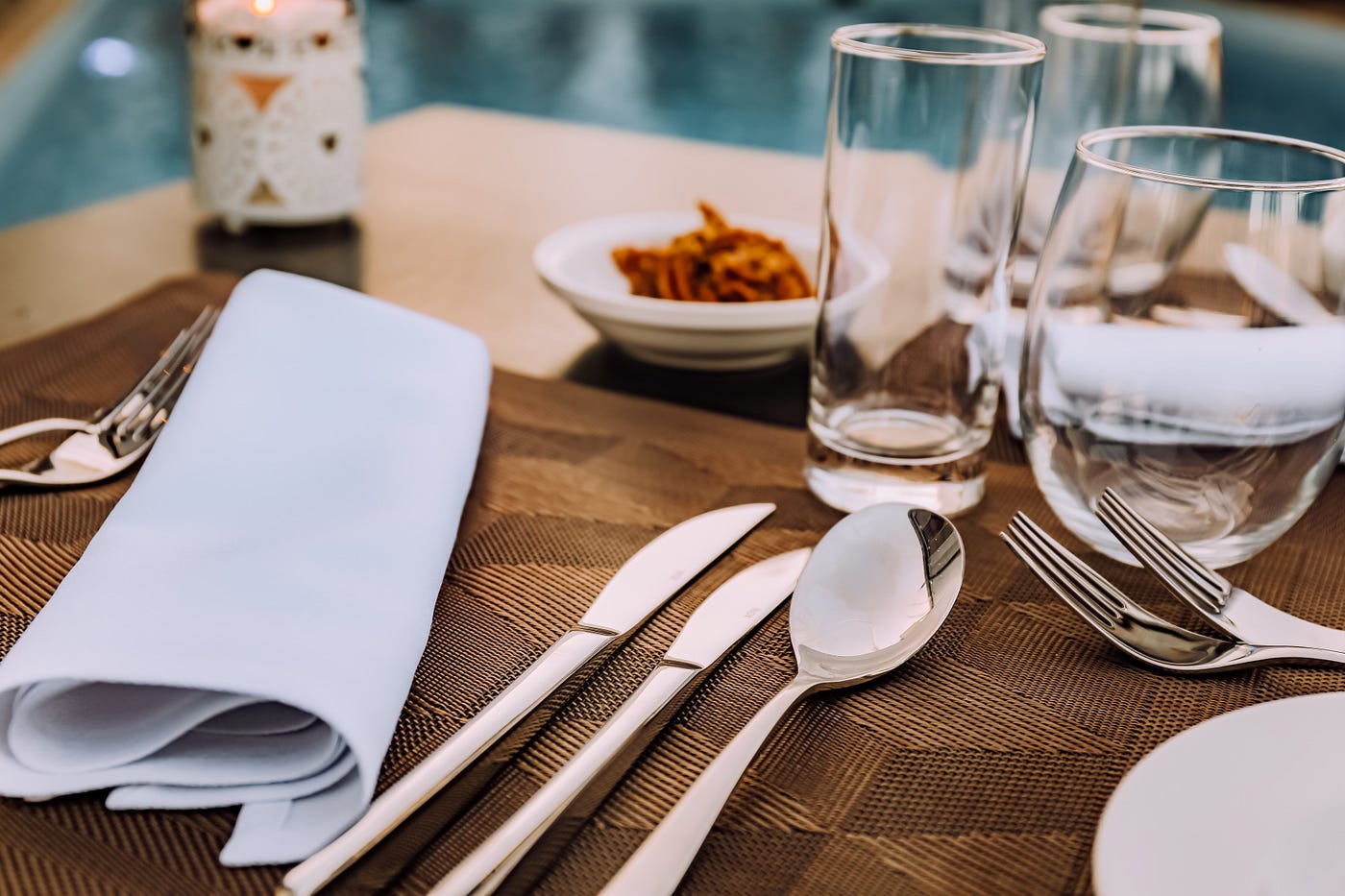
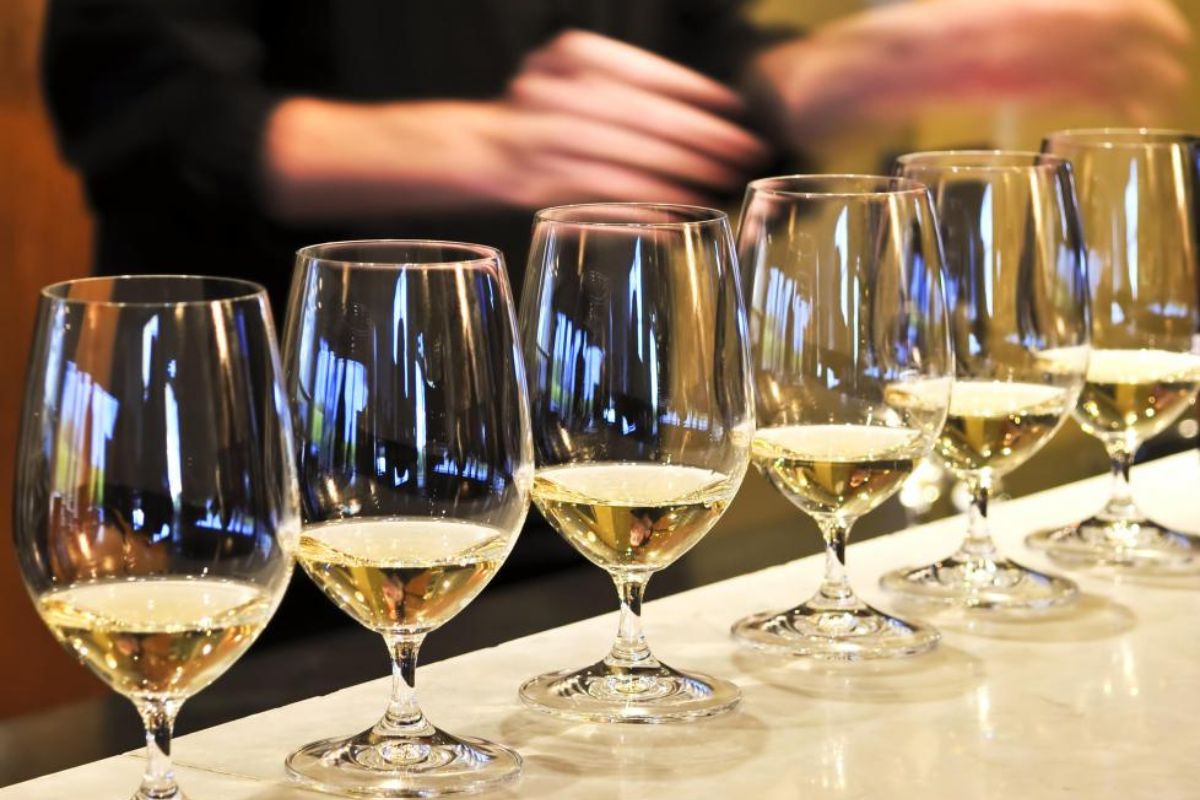

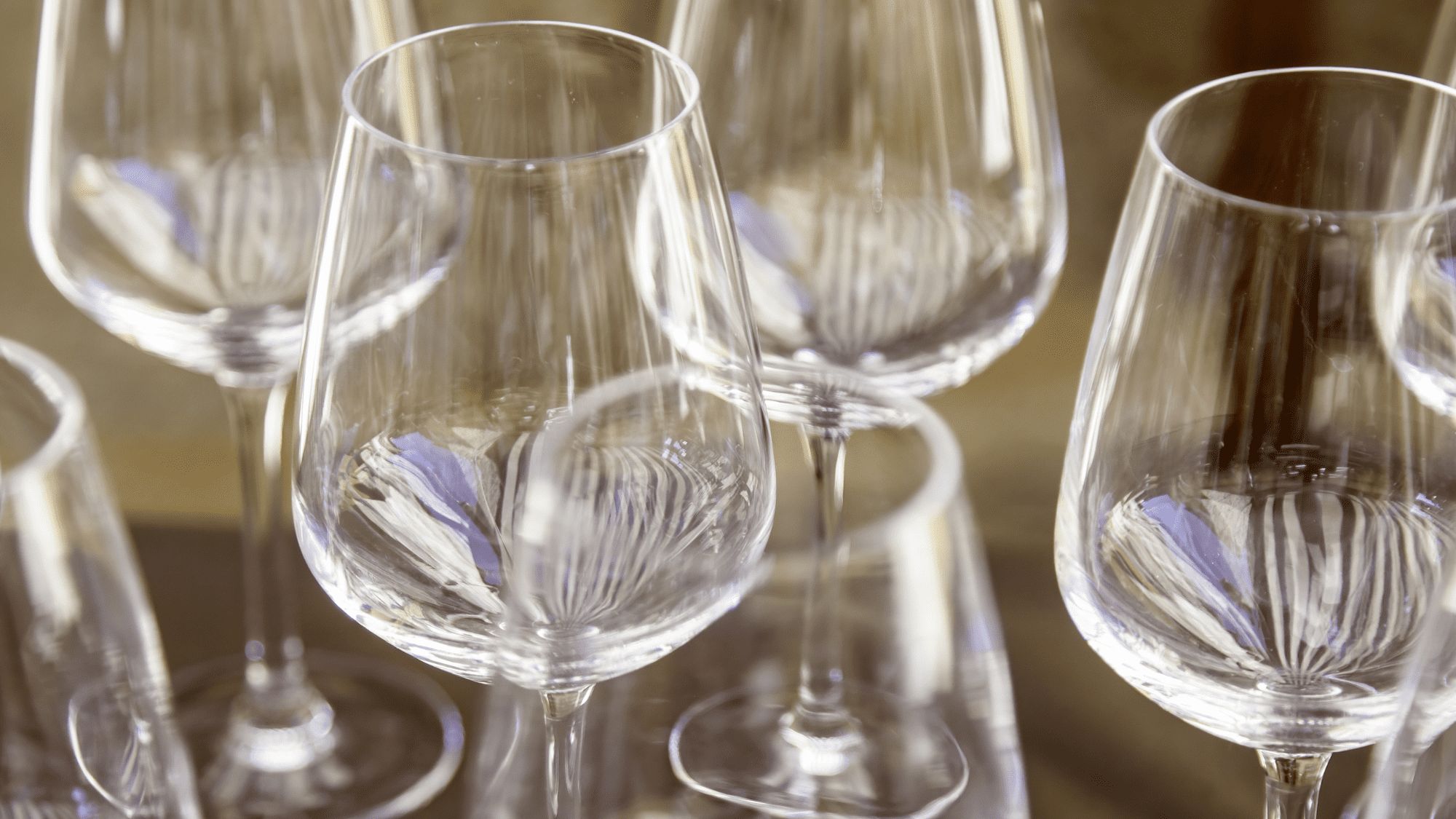
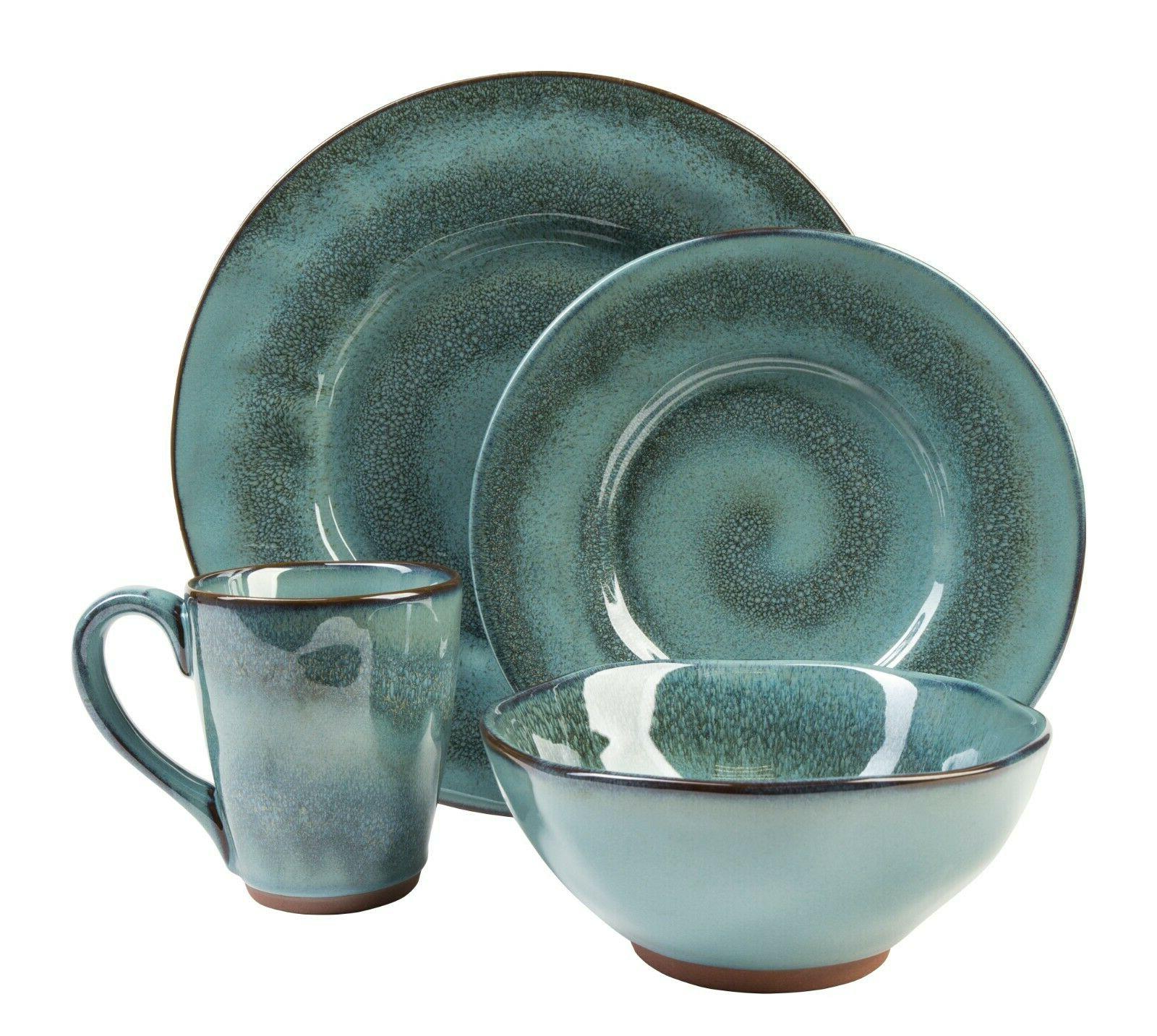
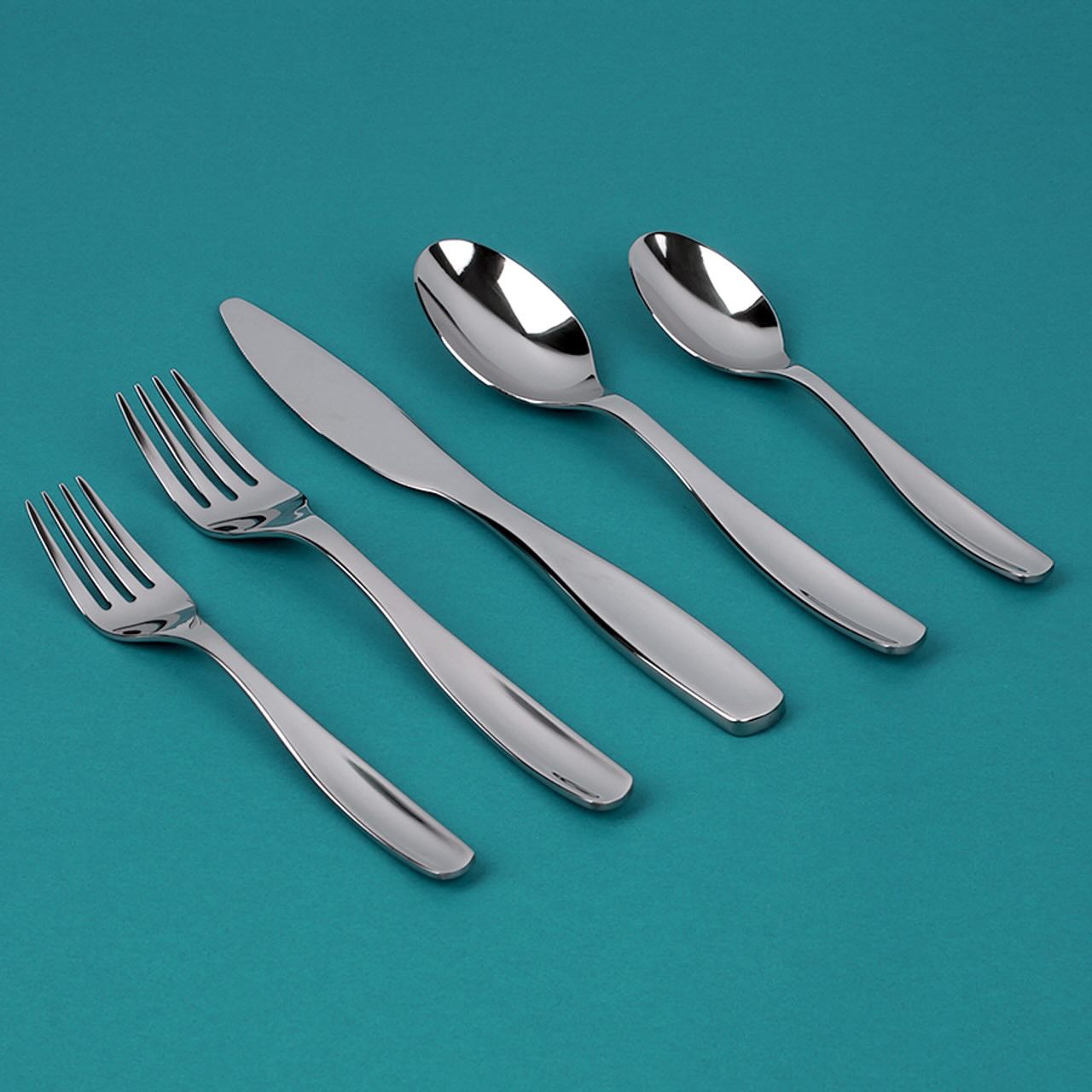

0 thoughts on “What Are Table Settings”